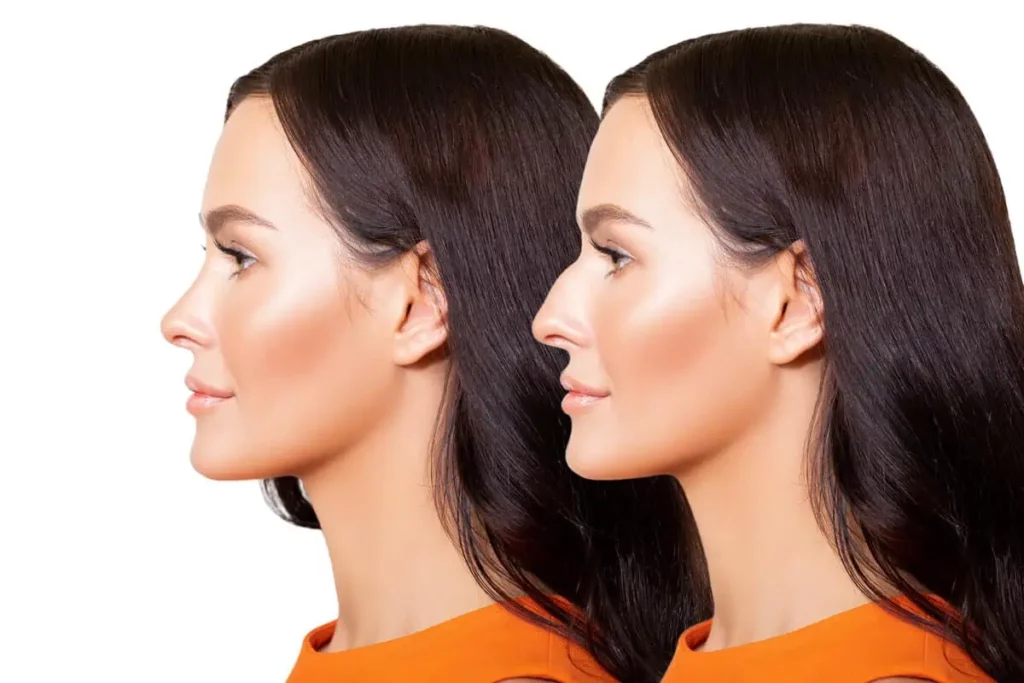Nose job prices vary significantly depending on the surgical technique used, with each approach carrying its own level of complexity, time requirement, and expertise. One of the primary distinctions lies between open and closed rhinoplasty. Open rhinoplasty involves an external incision, typically on the columella, allowing for greater access and visibility. This technique is usually more expensive due to its precision and the complexity involved in reshaping nasal structures. In contrast, closed rhinoplasty, performed with incisions inside the nostrils, tends to be more affordable because it requires less operative time and results in minimal scarring. However, its suitability depends on the patient’s specific needs and the surgeon’s recommendation. Revision rhinoplasty, performed to correct or refine a previous nose job, generally costs more than primary procedures. The complexity of working with altered nasal structures, scar tissue, and sometimes the need for cartilage grafting adds to the expense.

Surgeons often require a higher level of skill and additional surgical time to correct past results or meet new aesthetic goals. Patients seeking revision procedures should be prepared for higher costs and a longer recovery period compared to an initial rhinoplasty. Ethnic rhinoplasty, designed to preserve the unique features of a person’s heritage while achieving desired refinements, may also influence the cost. Surgeons specializing in this technique need to balance aesthetic changes with maintaining natural characteristics. In many cases, additional techniques such as cartilage reinforcement or tip reshaping are required to achieve a harmonious appearance. Due to the specialized skill set needed, the london nose job price of ethnic rhinoplasty tends to be on the higher end. The expertise of the surgeon plays a critical role in ensuring that the results enhance the patient’s natural beauty without compromising their ethnic identity.
Non-surgical rhinoplasty, a minimally invasive alternative using dermal fillers, presents a more affordable option for those seeking temporary results. This method can refine the nose’s shape, correct minor asymmetries, or add volume to certain areas without surgery. The cost is significantly lower than traditional rhinoplasty, but it requires maintenance, as fillers gradually dissolve over time. Patients must consider the cumulative cost of repeated treatments versus a one-time surgical procedure. While non-surgical options offer convenience and minimal downtime, they do not provide permanent structural changes. Functional rhinoplasty, performed to correct breathing difficulties alongside aesthetic improvements, often involves additional techniques like septoplasty or turbinate reduction. Because this procedure has both cosmetic and medical components, nose surgery cost may be partially covered by insurance when addressing functional concerns. However, the aesthetic portion remains an out-of-pocket expense.